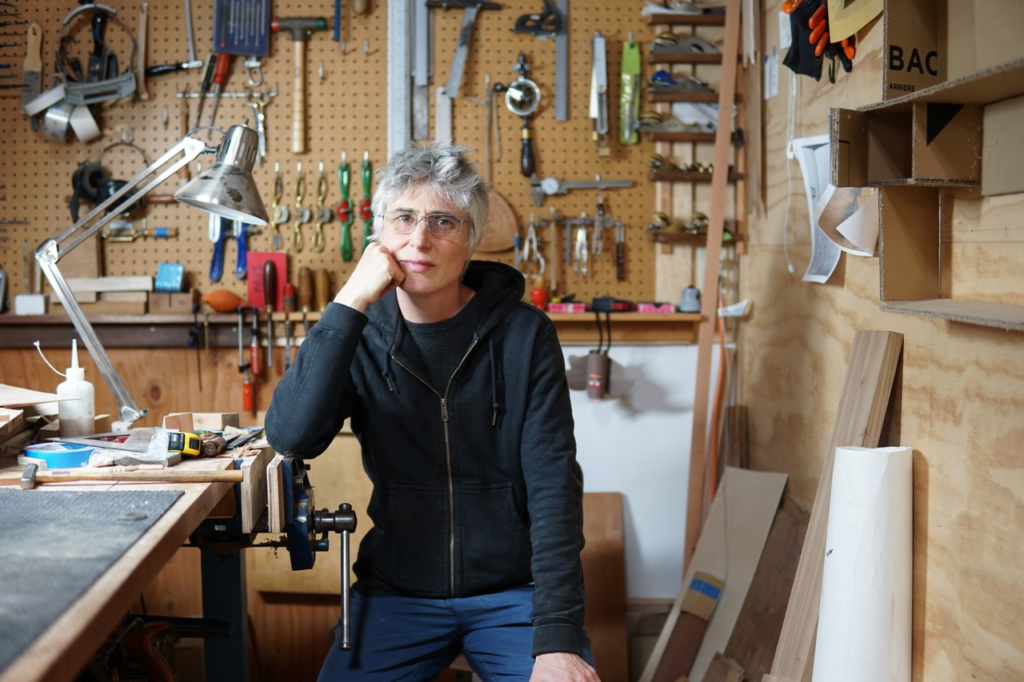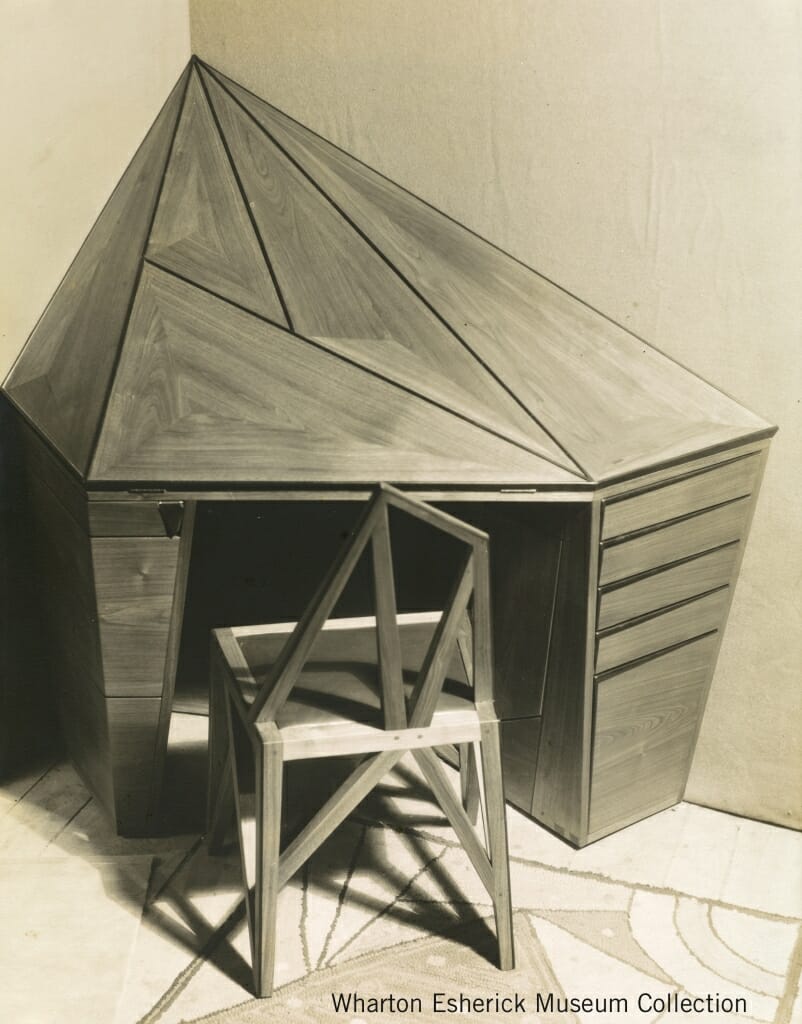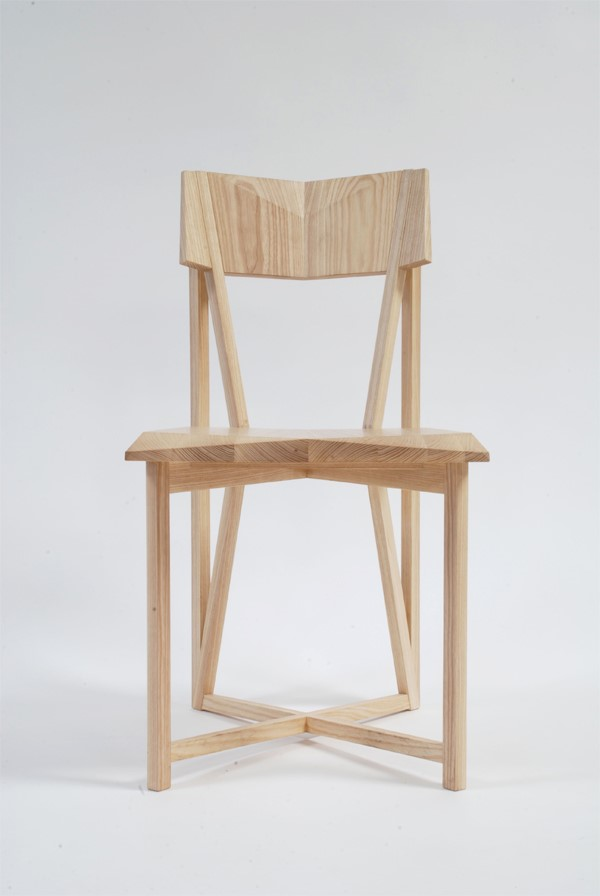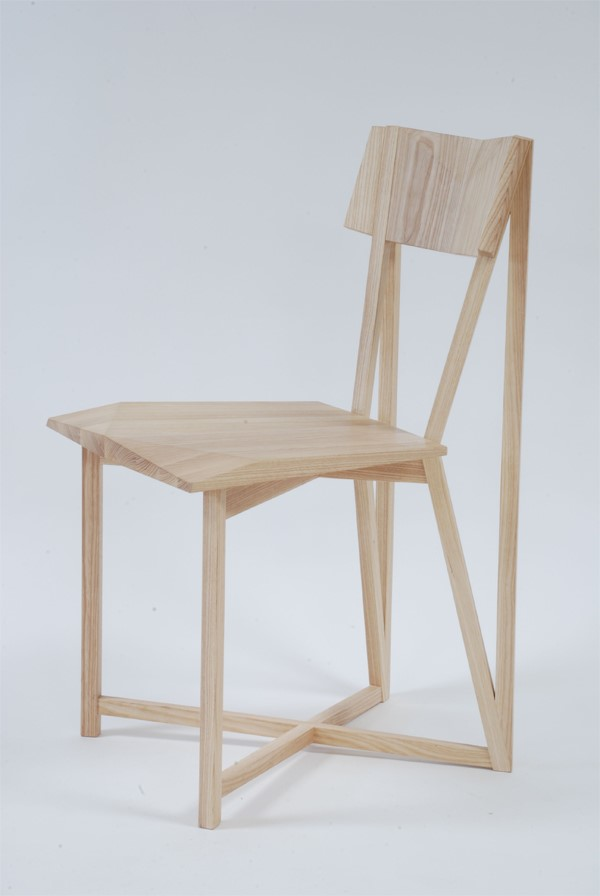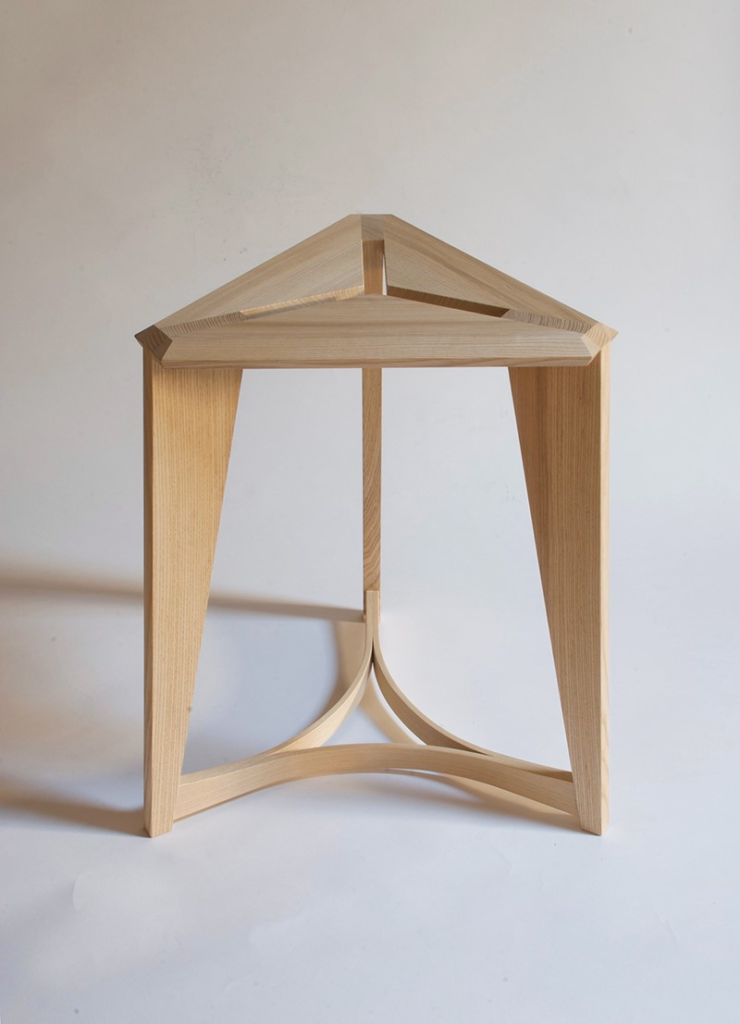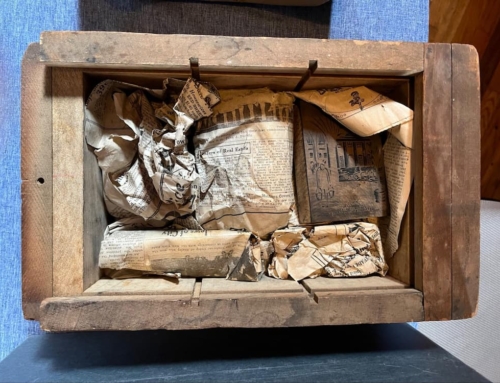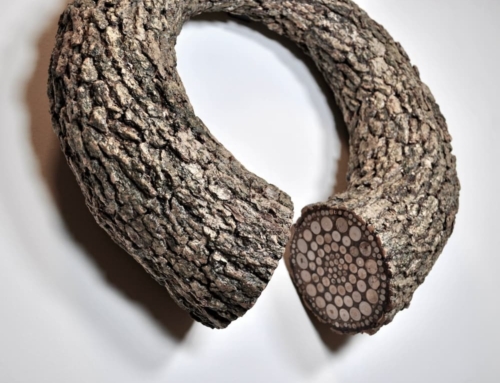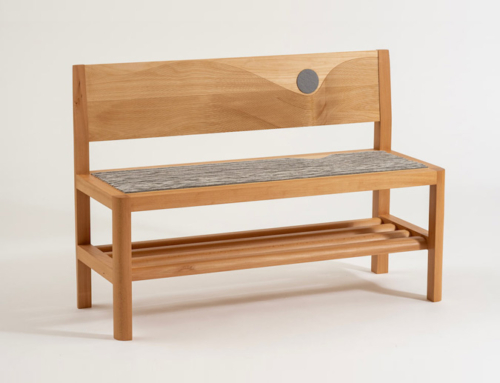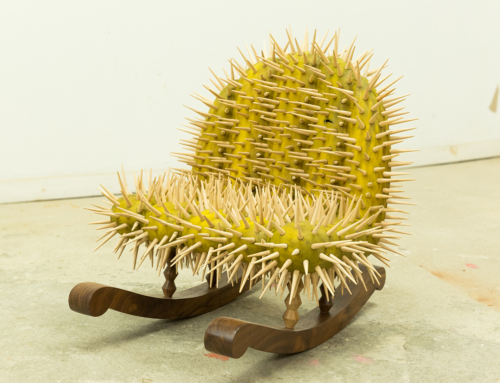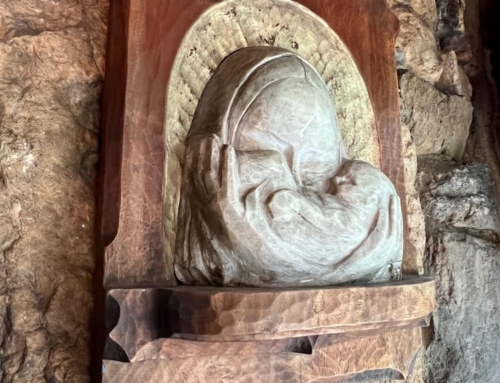As our temporary closure has continued, we have continued to find new ways to share the inspiration inherent in Esherick’s Studio, and ways to support and connect with artists and creative thinkers working today. In this spirit, we are excited to launch Creatives on Esherick, our social media series and virtual programming highlighting contemporary artists, makers, and scholars inspired by Esherick’s work. We know that creative people of all kinds find meaning in the legacy Esherick left behind – what better way to explore this influence than to hear from a range of makers and thinkers in their own words!
We are kicking off our campaign with Laura Mays and her reflections on Esherick’s Hammer Handle Chair and Fischer Corner Desk. Laura is a furniture designer and maker, and educator. Since 2011 she has been the Program Director and Lead Instructor of the Fine Woodworking program at The Krenov School at Mendocino College, formerly the College of the Redwoods in Fort Bragg, CA.
To hear more reflections from artists, makers, and scholars on Esherick follow us on Facebook and Instagram and be sure to follow the hashtag #creativesonesherick.
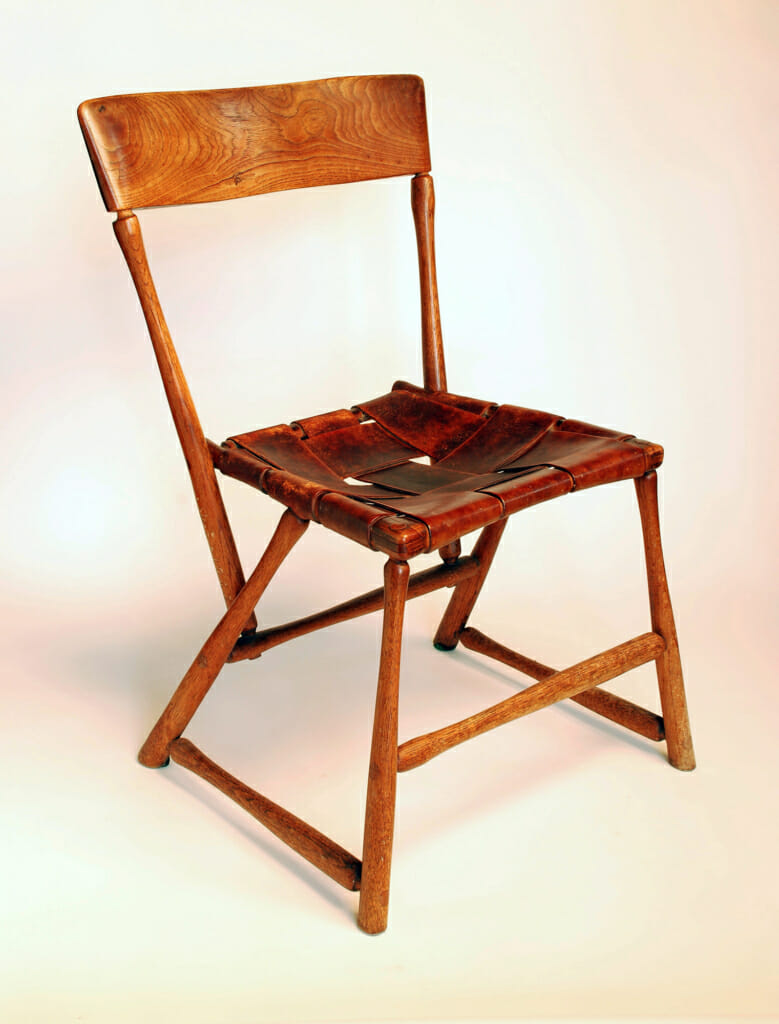
Hammer Handle Chair, hickory and oak, laced leather seat, 1938, Wharton Esherick. Photo Courtesy of Mark Sfirri.
I think it was at a SOFA show in the early aughts that I first saw a Hammer Handle Chair. At that point I had never heard of Wharton Esherick, knew nothing of him or his work, but was immediately engaged by the chair. I loved it because of its expediency and efficiency, both structural and material. I knew enough about chairs even then to know that the subtly introduced triangulation was going to make a strong and lightweight structure; and although I knew nothing of the story of the chairs, it was evident that the hammer handles were a ‘given’ from the world, so this chair was akin to recycling and re-use on the one hand, and assemblage or ‘objet trouve’ in the art tradition on the other. The hammer handles were still clearly what they are, they had not been worked more than necessary to give the chair structure. The subtle bulging and narrowing of the handles was nicer than any ‘designed’ chair parts would have been.
The chair seemed unpretentious, casual and accommodating. It didn’t have a design-driven ethos like Scandinavian modern, nor a highly crafted impression, but neither was it a reproduction of a traditional chair.
The second piece of Esherick’s that really struck me was the Fischer Corner Desk. I came across an excellent article by Mark Sfirri in Woodwork magazine (Anatomy of a Masterpiece: The 1931 Corner Desk byWharton Esherick). I was drawn by the unconventional asymmetry: it was refreshingly destabilizing! I like that it was clearly an excellent and complicated piece of cabinetmaking – it worked within its tradition but also subverted it.
Every time I have visited the Esherick House, I have felt more drawn to Esherick’s work, and perhaps even more so to his union of work and life. Making work is one thing but making a life in which one can make work is another and equally as complex. Seeing the physical space in which he negotiated the messy complexity of relationships, and the happenstance and contingency of time and location, of his fortunate collaboration with John Schmidt, it’s all fascinating.
I also became increasingly aware of his personality aside from his artistic character. I now lead a woodworking program started 40 years ago by another irascible, strong-willed and idiosyncratic man, James Krenov, and every day is a negotiation of how much to follow in his footsteps and how much to diverge. Similarly with Esherick, it is fascinating to see how contemporary makers do the dance, extracting and distilling the older generations’s work and attitude, trying to discard what is unnecessary or even downright distasteful, what was simply the product of their period in history, and what might have a longer lifespan and be useful to present and future generations.
In my own work, I am have been influenced by aspects from both pieces. In a recent seating project, the Bowen Chair, I set a parameter of it all being from 4/4 material, and using triangulation to gain strength. From that project another developed, a series of stools of different heights, also from 4/4 ash — the DBV Stools. In recent cabinets I have been increasingly fascinated by the notion of a subjective viewpoint – one of the principles of Expressionism – and exploring how an object appears to change as one moves around it, how a viewer can be made aware of their own location in relation to it.
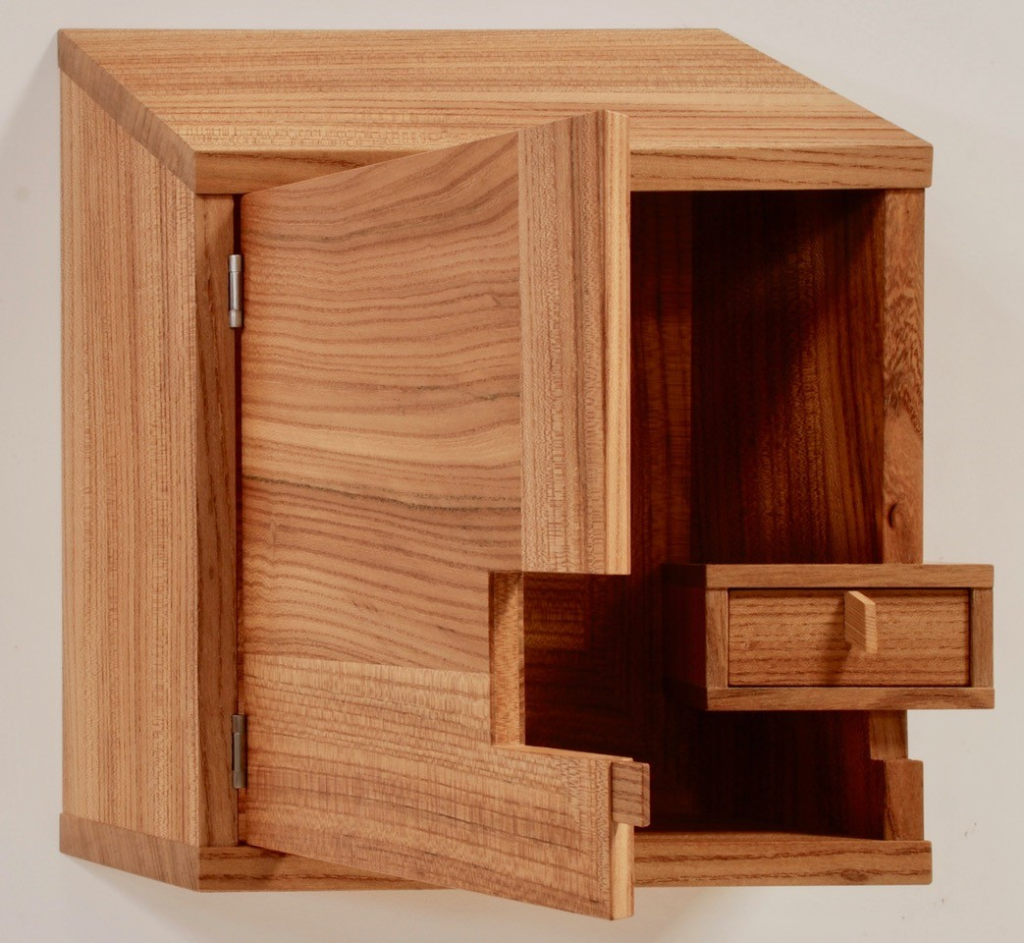
Really, Laura Mays, 2019. Elm, ash (pull), maple (drawers sides and back), nutmeg (drawer bottom), shellac finish.
Check out more works by Laura Mays at her website.
Learn more about The Krenov School of Fine Furniture.
View Creatives on Esherick: Laura Mays
May 2020

